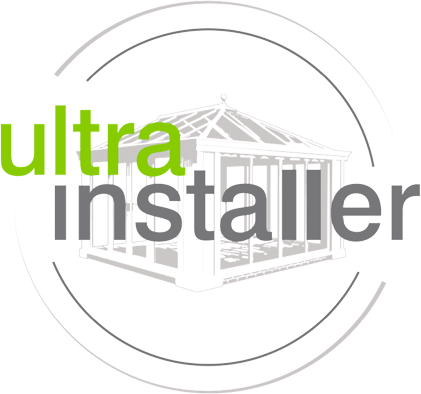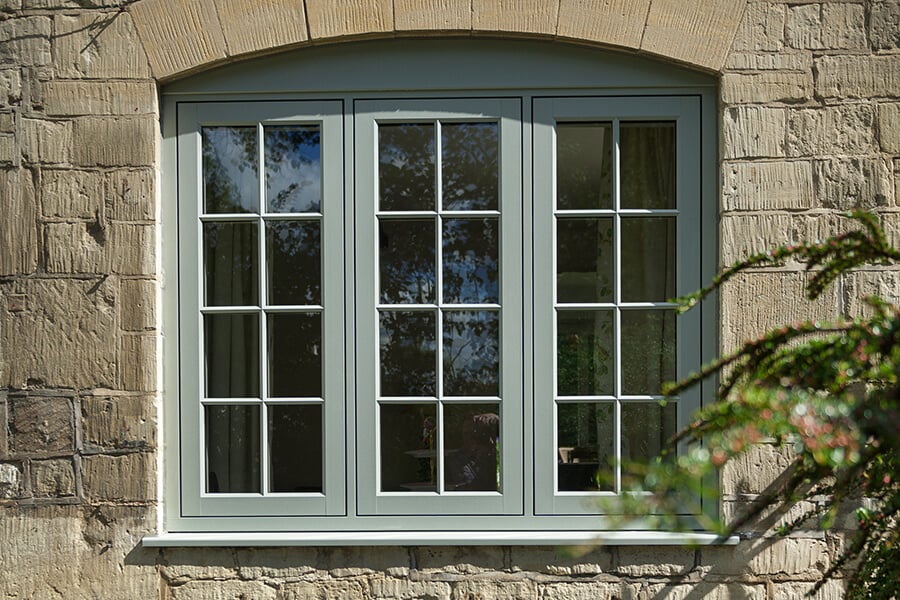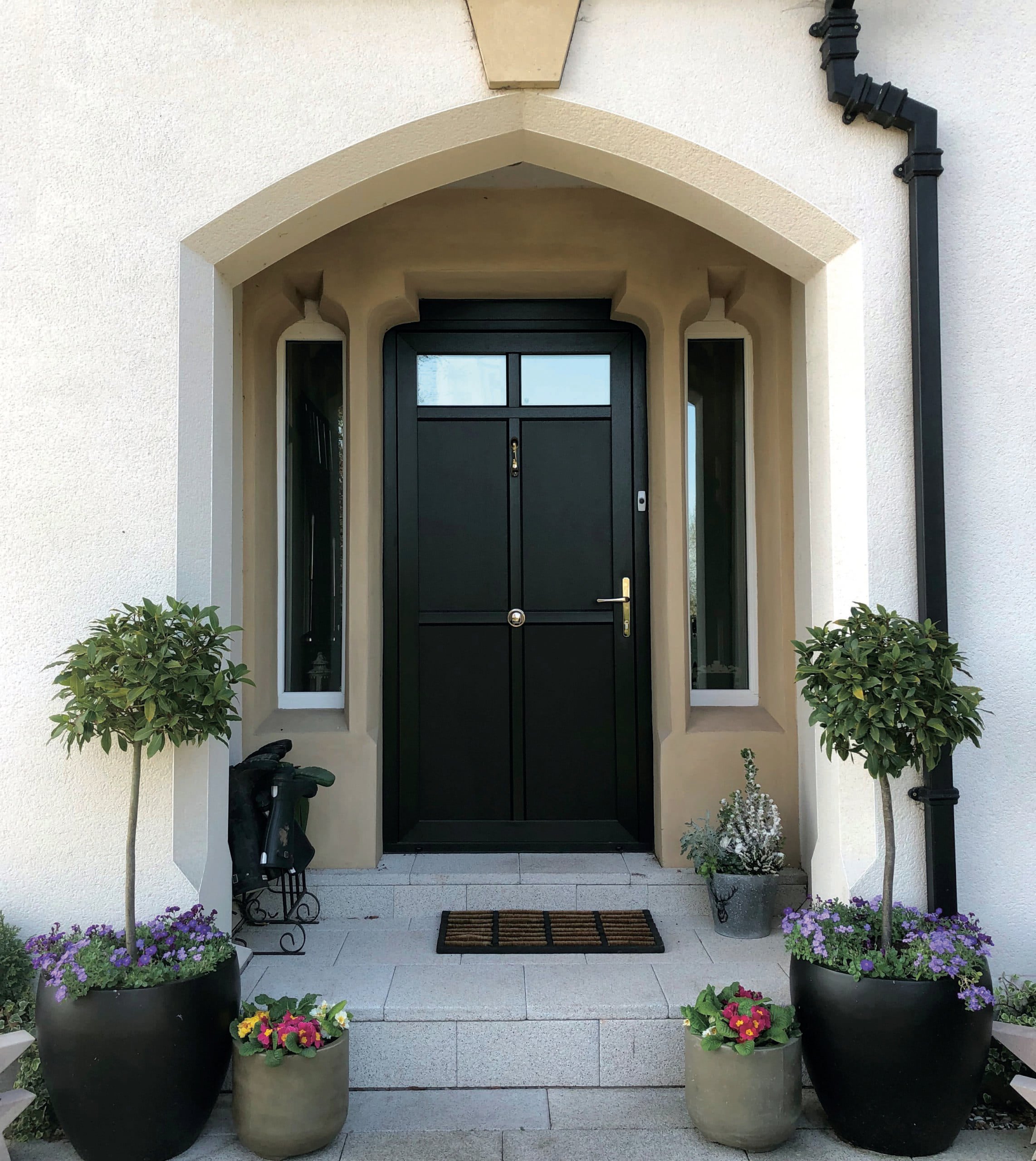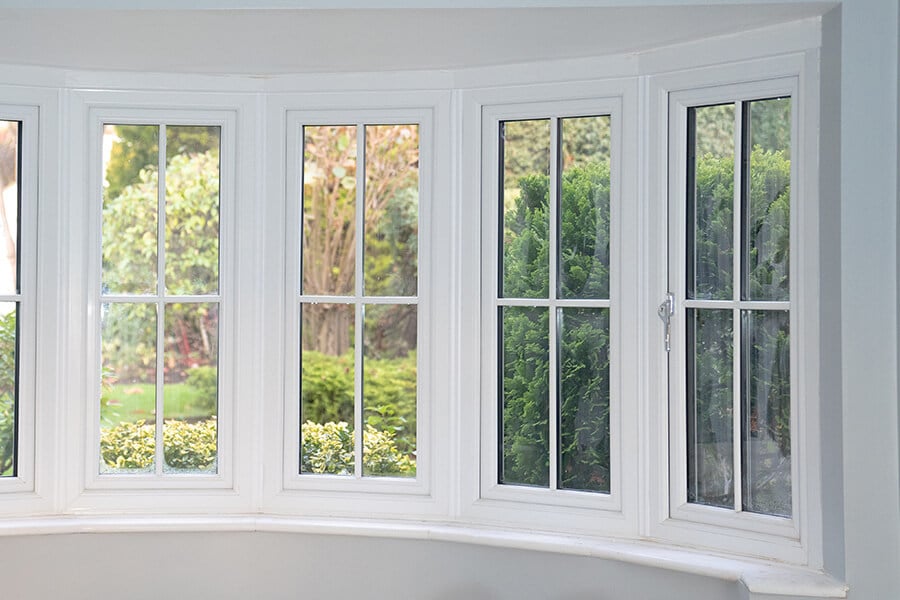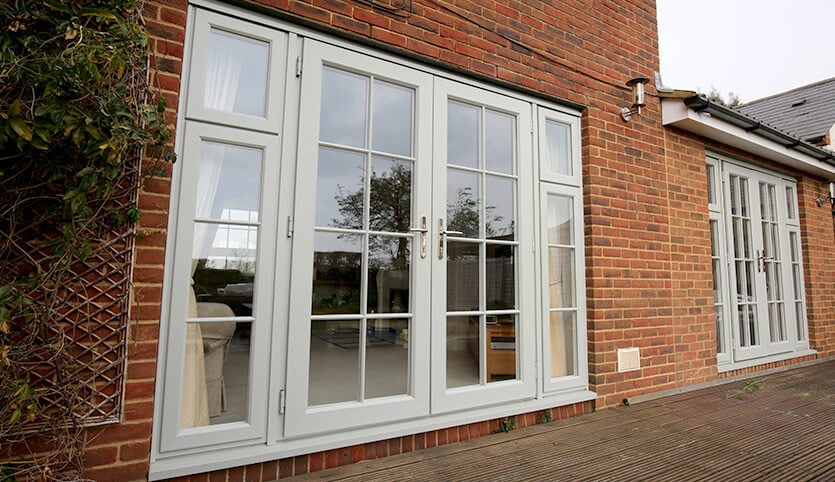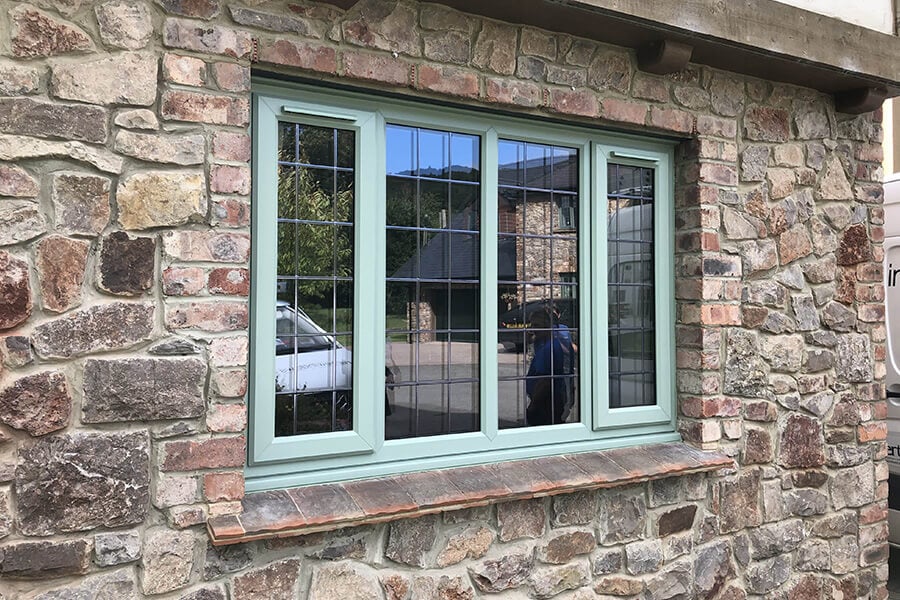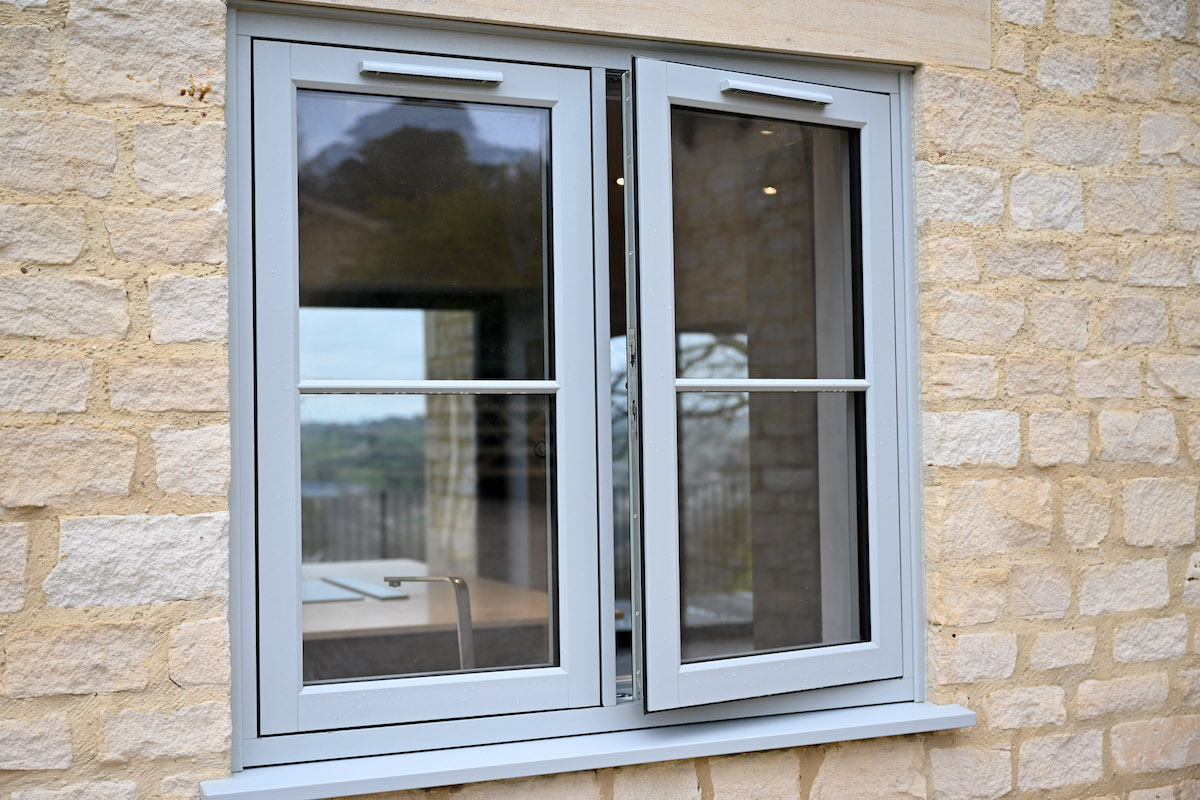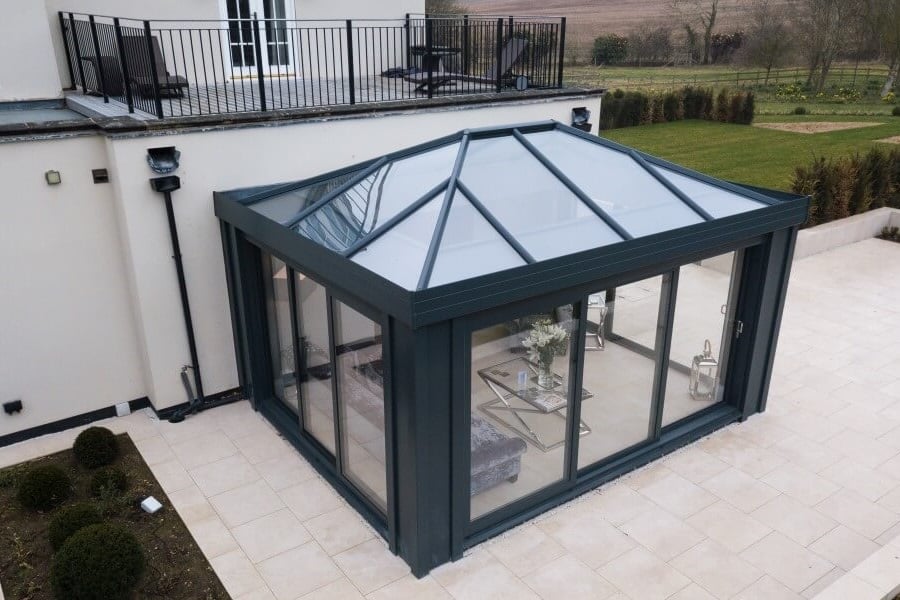Improve the energy efficiency of your Ipswich, Essex and Surrey home
Improve the energy efficiency of your Ipswich, Essex and Surrey home
Upgrading your windows, doors or existing conservatory roof are easy ways to improve your home’s performance, live more sustainably and save you money in the long run.
Old windows and doors are notorious for losing the heat you’re paying for in your home. They may not actually be draughty—perish the thought—but doors, windows and their frames as well as older conservatory roofs are often poor insulators.
Big improvements in design and technology as well as materials science have combined to make replacement windows, doors and roofs much more thermally efficient—whichever you choose, we’re sure you’re going to love them when the colder weather comes.
Contact UsEnergy efficient windows
Replacing single glazing or older double glazing will improve your home’s energy efficiency. Improvements in glazing and in window and framing construction all contribute to far better thermal performance than was ever achieved with older units even when they were first fitted. New, energy A-rated windows do more than keep out the draughts, they prevent heat transfer, so you are able to maintain a more consistent temperature year-round.
Energy efficient doors
Improvements in door design and manufacturing quality mean new doors are vastly better insulated than older products. Engineering of the products is part of that, but so is the fitting. Skill and care in installation will also make a noticeable difference to how well new doors perform over the old.
Aluminium doors feature a unique polyamide thermal break that prevents the flow of draughts between the outer door frame and inside your home, improving thermal efficiency by at least 30%. Composite doors are made up of dense panels and a solid core to stop the warmth being lost and can feature both single and double rebates for additional energy efficiency.
Amazing glazing
The type of glazing can make a big difference to a window’s performance. EcoMAX Glass™ is our standard fitment and provides excellent thermal performance along with commitments to sustainability on the part of its supplier.
For a higher performance option, Comfort is a form of double glazing with Smart, ‘low-e’ coatings that provide a similar level of insulation as a triple glazed unit but at a lower cost.
How much will I save with new windows and doors?
According to the Energy Saving Trust, by installing energy A-rated double glazing in an entirely single-glazed, semi-detached, gas heated property, you could save £145 a year and 335kg of CO2. If you installed A++ rated double glazed windows replacing single glazing, the savings could be up to £175 a year and 410kg of CO2.
Understanding energy ratings
Window manufacturers list the energy efficiency of their products using an energy-rating scale from A++ to E.
The entire window, from the frame to the glass, is assessed to allow for heat loss, draughts and solar gain, giving a rating that indicates the overall impact of fitting that window in your home.
The most energy efficient windows are those with an A++ rating, which allow more energy into a property than they lose. Look for the British Fenestration Rating Council (BFRC) rating.
The BRFC also offers an independent energy-efficiency ratings for doors, known as a Door Set Energy Rating (DSER). The ratings take only the door itself into consideration, not how it’s been fitted. Ratings are also from A++ to E, with an A++ rated door providing maximum energy efficiency.
U-Values
U-value is an indication of the rate at which a component such as a wall, roof, or window transfers heat from inside to outside. It is measured in watts per meter squared-degrees kelvin (W/m2.K).
At its most simple, a window of a lower U-value indicates lower transfer of heat, so is a better insulator, than one of a higher U-value. Naturally, it’s not so simple as that, as manufacturers typically determine U-values in lab conditions, not once installed on a windy coastline in Essex. It’s also worth bearing in mind that the method of sealing and the frame design have a significant impact on the result.
Part L1A of current UK building regulations states that a window installation in a new home should achieve a U-value no higher than 1.4 W/m²K. For reference, older double glazed units generally perform less well than that at around 3W/m2.K, while single glazed windows are normally as high as 5W/m2.K.
Energy efficient conservatory roofs
If you have older glazed or polycarbonate roofing on your conservatory you won’t need reminding how poor a job it does of insulating the room.
A replacement solid tiled or glass conservatory roof will greatly improve energy efficiency and provide a comfortable temperature all year round.
Tiled conservatory roofs made from lightweight, composite tiles that won’t rot, fade or wear, are heat-absorbing. They will retain the warmth of your home when it’s cold outside and there is no risk of condensation.
Glazed conservatory roofs: Replacing an old roof with newer, efficient glazing will let in as much natural sunlight as possible and have incredibly low U-values that surpass building regulations.
Solid conservatory roofs: Combining high-performance glazing panels with lightweight composite panels is another way to provide great thermal performance.
Multi-award winning company
Here at SEH BAC, we’re proud to have won many prestigious awards for our products as well as our work in the community:
Learn more
We’re one of the largest regional retail companies


Vetted for professionalism, competency & compliancy

Our Accreditations



